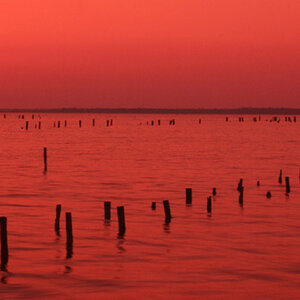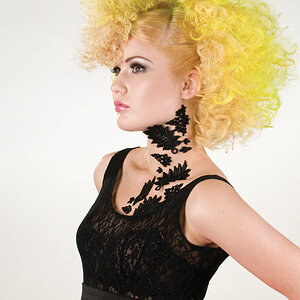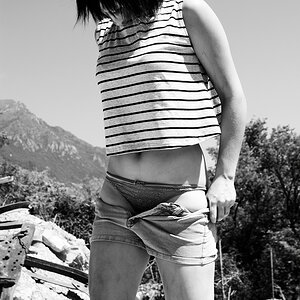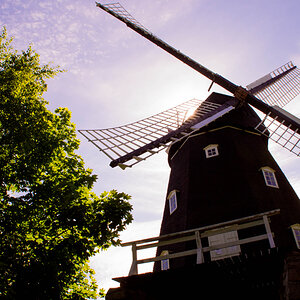VidThreeNorth
No longer a newbie, moving up!
- Joined
- Oct 21, 2016
- Messages
- 1,172
- Reaction score
- 212
- Can others edit my Photos
- Photos NOT OK to edit
"How the 50-mm Lens Became 'Normal'"
Allain Daigle, May 13, 2018
"How the 50-mm Lens Became ‘Normal’"
Allain Daigle, May 13, 2018
"How the 50-mm Lens Became ‘Normal’"










![[No title]](/data/xfmg/thumbnail/36/36401-dfb1077e5917eb47c5acf9c208e7be2a.jpg?1619737552)